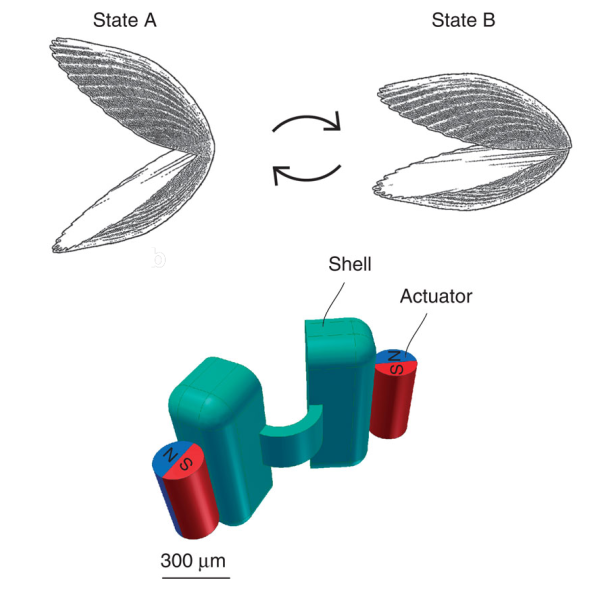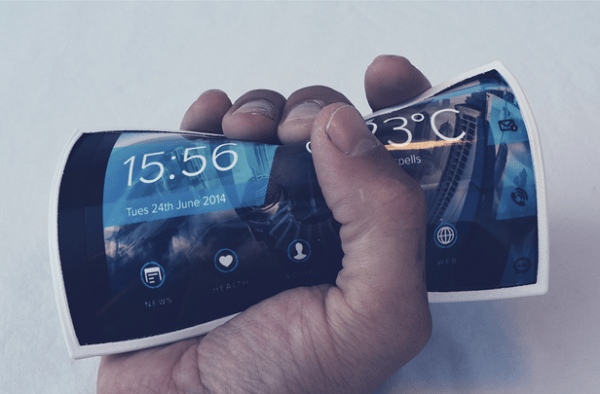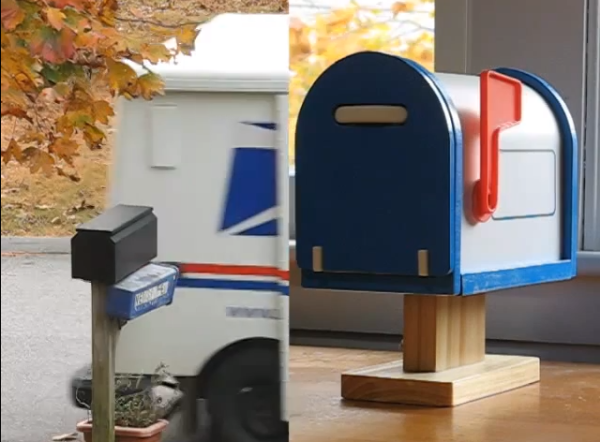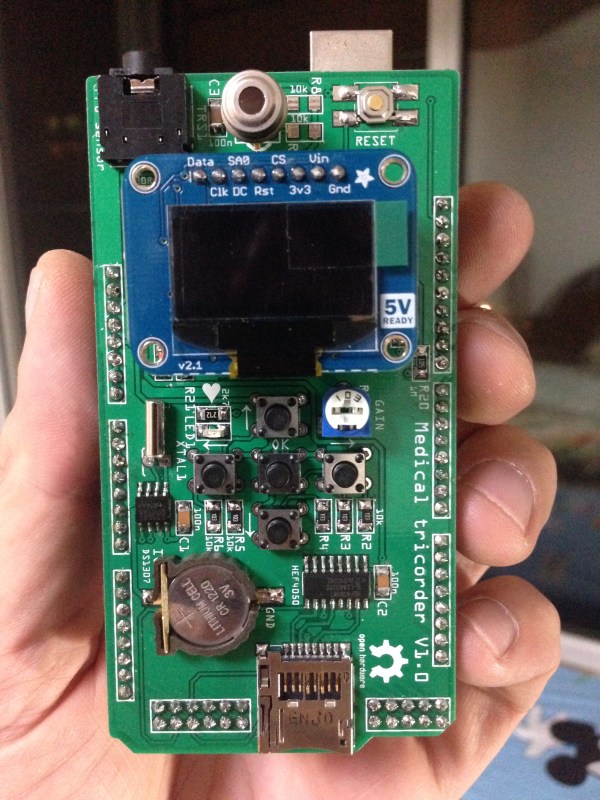[Eric] is well on his way to making one of the less pleasant chores of pet ownership a bit easier with his dog tracking system. The dog tracker is actually a small part of [Eric’s] much larger OpenHAB system, which we featured back in July.
As a dog owner, [Eric] hates searching the yard for his pet’s droppings. He had been planning a system to make this easier, and a local hackerspace event provided just the opportunity to flesh his ideas out. The Dog Tracker’s primary sensor is a GPS. Most dogs remain motionless for a few seconds while they go about their business. [Eric’s] Arduino-frgbased system uses this fact, coupled with a tilt sensor to determine if the family pet has left any presents.
The tracker relays this information to the home base station using a HopeRF RFM69 transceiver. The RFM69 only has about a 900 foot range, so folks with larger properties will probably want to spring for a cellular network based tracking system. Once the droppings have been tracked, OpenHAB has an interface
[Eric] has also covered runaway dogs in his design. If Fido passes a geo-fence, OpenHAB will raise the alarm. A handheld dog tracker with its own RFM69 can be used to chase down dogs on the run. Future plans are to miniaturize the dog tracker such that it will be more comfortable for a dog to wear.
















